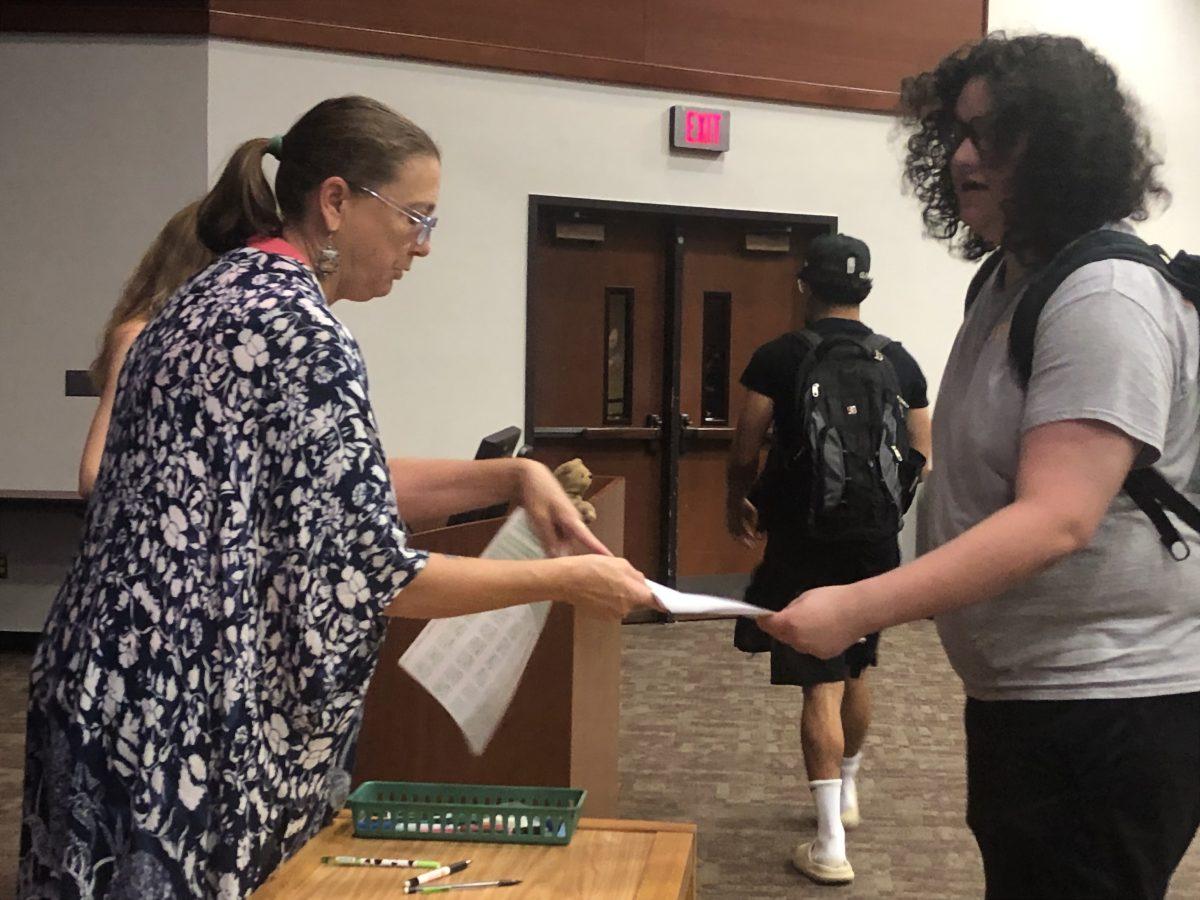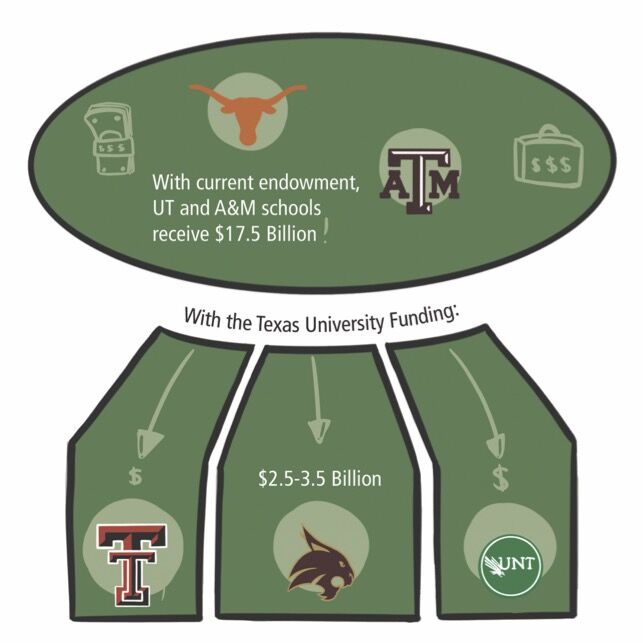Texas State is allocating $2.2 million toward salary changes for faculty transitioning under the Instructional Faculty Title Series effective Sept. 1, according to President Kelly Damphousse.
The Instructional Faculty Title Series provides a promotional pathway for eligible non-tenured lecturers and senior lecturers. Under this system, they can be appointed as assistant professors, associate professors or professors of instruction beginning fall 2024.
“This is a good step toward recognizing how important nontenure line faculty are to Texas State, and I’m hoping that it is the first step toward wider recognition and opportunities for nontenure line faculty,” Joshua Paddison, senior lecturer in the Department of History said.
According to the Faculty of Instruction Appointments policy, to be promoted to associate professor at Texas State, faculty must demonstrate over five years of effective teaching and leadership potential. Eligible candidates will receive a 7% salary increase. Promotion to professor of instruction requires at least 10 years of sustained teaching and leadership, with the same 7% salary bump.
Lecturers who transition to professor of instruction also receive an additional 7% increase in fall 2025. According to Damphousse, the delay of the second adjustment will equal more than the 14% salary increase upfront.
“This works out better for the faculty and we’re also making people merit-eligible, so it’s not just 7% that could be 7% plus 3% or 4%,” Damphousse said.
While assistant professors will not get a salary adjustment, the policy states they are typically eligible for promotion after five years in the rank.
During the April 30 Faculty Senate meeting, Damphousse and Provost Praneth Aswath said nontenure salaries are adjusted to match promotions of tenure-line faculty, who also receive a 7% salary adjustment with promotion.
Paddison, who is also on the Nontenure Line Faculty Committee, said he plans to transition under the title series.
“I haven’t heard of anyone who is not planning to [transition], so I think the vast majority of nontenure line faculty will be,” Paddison said.
Rachel Davenport, chair of the Nontenure Line Faculty Committee said there are over 600 nontenure line faculty transitioning under the title series but only about 350 are transitioning to the positions with salary adjustments.
The Instructional Faculty Title Series website stated the university initially allocated $1 million for the salary adjustments which was not enough to give eligible nontenured faculty a 7% increase.
According to Davenport, a 7% increase, a 6% increase and a 6% increase with a minimum of $4,000 raise were all potential adjustments.
At the Faculty Senate meeting, faculty were initially frustrated in the process of determining the salary adjustments. Davenport said frustration is rooted in the gap between nontenure line faculty and tenure-line faculty. She said the latter received 7% salary increases while nontenure line faculty had little promotion eligibility and lower salaries before this series.
“[The raise] would have been an 8% or 9% raise for [nontenure faculty] if they got that minimum, as well,” Davenport said. “It really would have given a big boost to our lowest paid, nontenure faculty.”
According to Paddison, many nontenure faculty make less than $57,000 a year, and a $4,000 minimum would’ve been more than the 7% raise.
“I don’t think it’s the end result,” Paddison said. “I make less than high school teachers make, I make less than [Austin Community College] professors make, so it’s not the solution but it is a good step.”
Aswath said the university chose the adjustment to be equal to other promotion-eligible tracks at Texas State based on feedback from faculty.
Davenport said the 7% raise is essential for ensuring nontenure line faculty maintain minimum equity with tenured faculty.
“We’re talking like half of [tenured faculty’s] salaries, and sometimes in cases a third of their salaries,” Davenport said. “Now that we’re on a promotion-eligible line, all of our salaries should be boosted, but I know that’s unrealistic.”





















